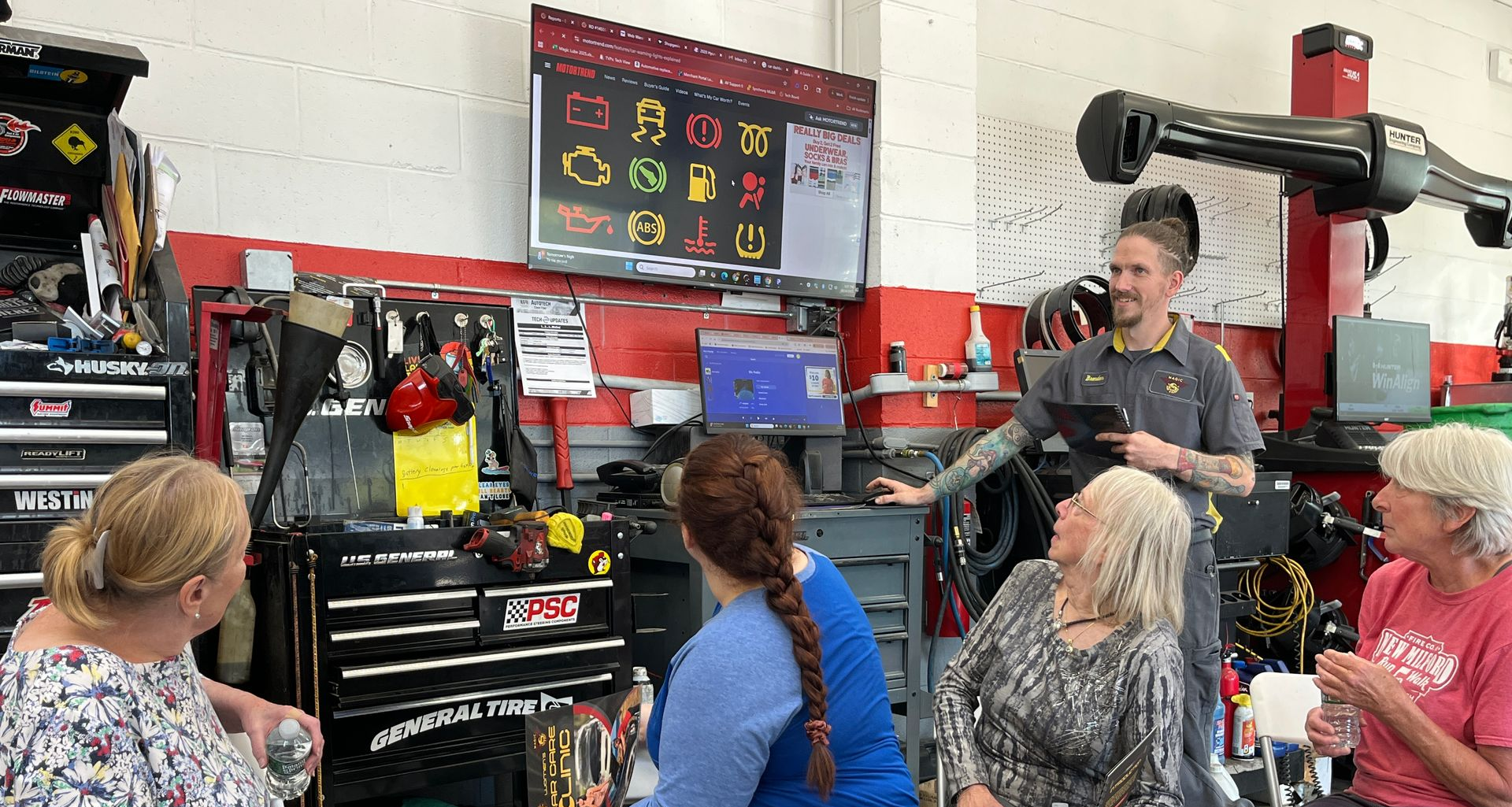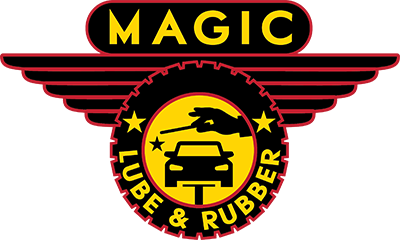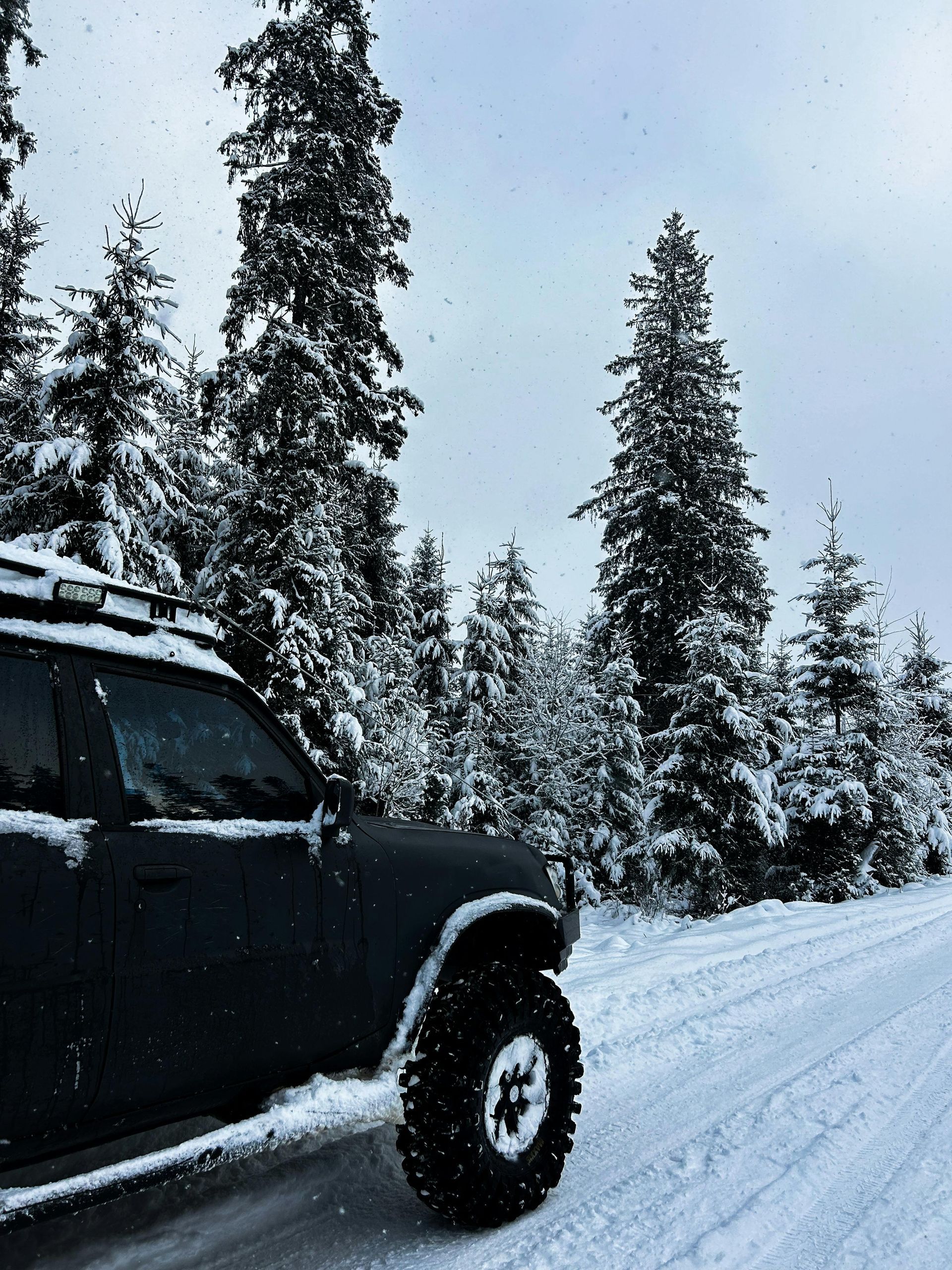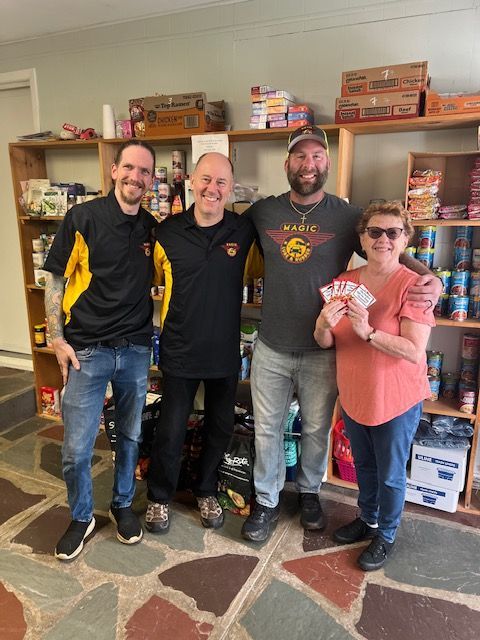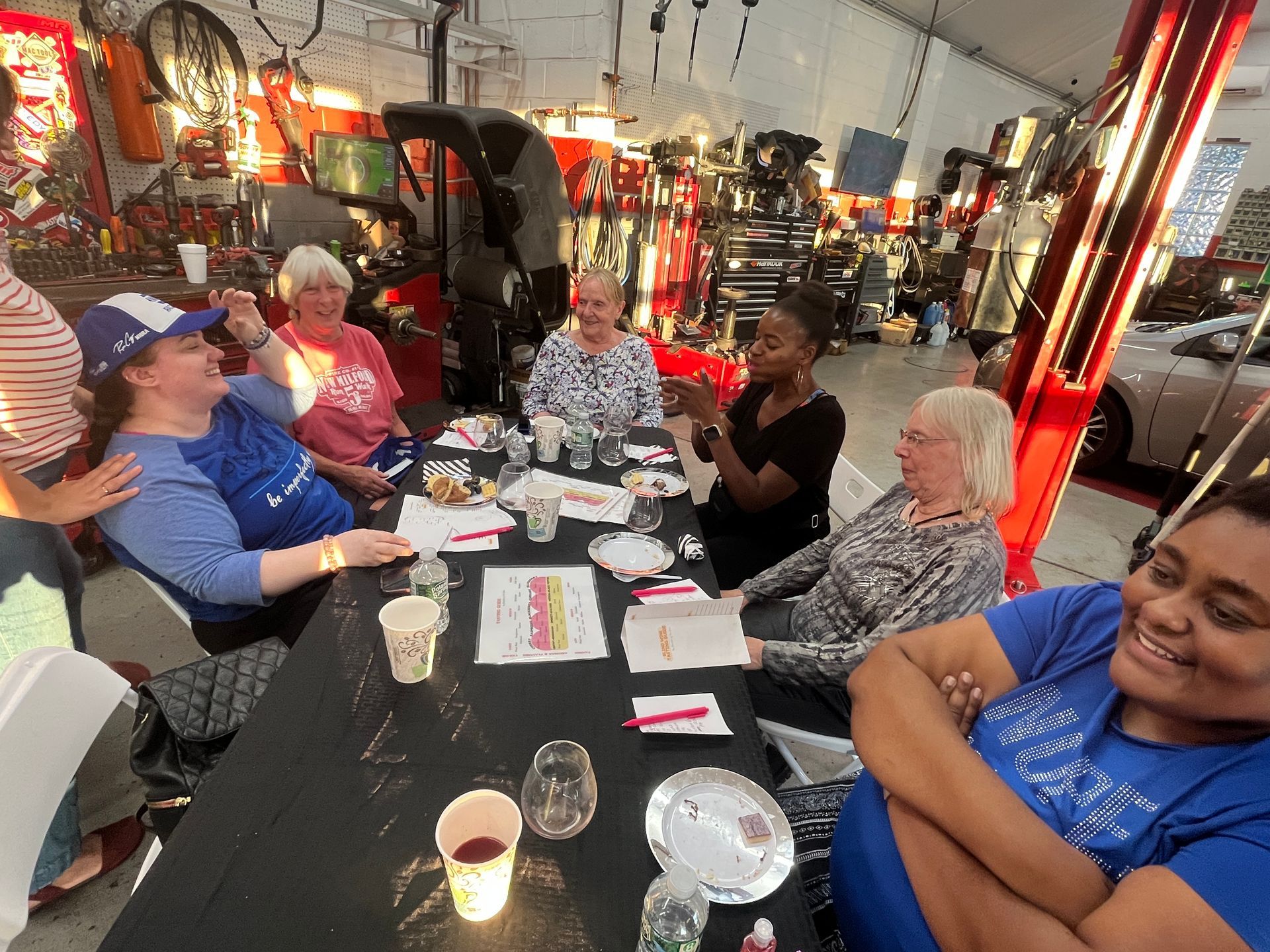Why Your Gas Changes with the Seasons: Summer vs. Winter Blend Gasoline
Summer vs. Winter Blend Gasoline

If you've ever noticed gas prices creeping up in the spring and wondered, “What gives?” — you're not alone. One of the lesser-known reasons behind that price jump is something most drivers don’t even realize is happening: the switch between winter and summer gasoline blends.
Yep, your fuel actually changes depending on the season, and no, it’s not just a conspiracy to empty your wallet. There's real science and regulation behind it. Let’s break it down
Summer Blend Gasoline: Built for the Heat
In hot weather, fuel evaporates more easily. When it does, it releases vapors that contribute to smog and air pollution. To combat the evaporation, oil companies produce a summer blend that's a little tougher and less volatile so it doesn’t evaporate as fast.
Lower Reid Vapor Pressure (RVP): This fancy term just means it doesn’t vaporize as easily in high heat.
Cleaner burning: Less evaporation = fewer emissions.
More expensive: It takes more refining and different ingredients, which is part of why prices go up in the spring and summer.
Winter Blend Gasoline: Cold-Weather Friendly
In the colder months, your engine needs fuel that ignites more easily. That’s where the winter blend comes in. They change the formula in the winter months to have a higher RVP, so it vaporizes better in cold air. This helps your car start smoothly even on frosty mornings.
Higher RVP: Easier ignition in cold weather.
Less expensive: It’s cheaper to produce.
More evaporation: Evaporation concern is lower and regulations are a bit more relaxed. When it’s cold out, vapors don’t hang in the air as much.
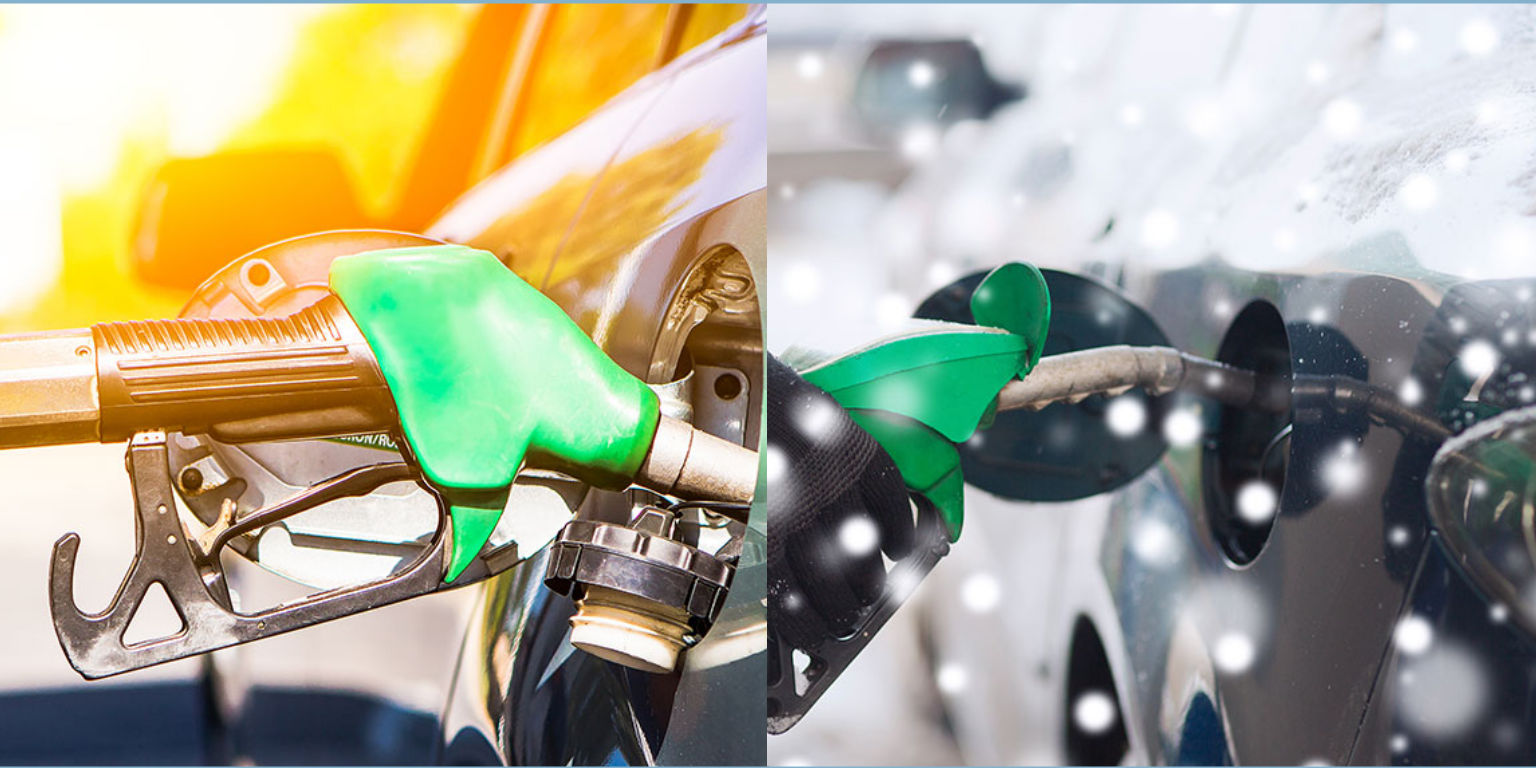
So Why Do They Change It?
The switch isn’t just about engine performance, it’s actually required by the Environmental Protection Agency (EPA) in many areas to reduce pollution. Depending on the area you live in, there may be more or less restrictions on how refined the gas needs to be. Summer blends are typically mandated around June 1 and last through September, when the switch back to the winter blend is made. However, the refiners themselves usually make the change in the beginning of April to get the ball rolling.
What This Means for You and Your Wallet
Once the summer blend comes into play around late spring/early summer, you can expect a bump in gas prices. The price difference can be anywhere from 10 to 30 cents more per gallon, depending on the region. Usually around September, the price will come back down. Many might think this is a scam, but it’s literally a different product! Your car runs fine on both blends, so you don’t have to do anything differently or take any special care. The transition is handled at the refinery and the pump.
Final Thoughts
If you’ve ever noticed the fluctuation in gas prices in the spring and fall months, this gives a better explanation of why the pricing is changed. Although it may be concerning, the change in blends is safe for your vehicle and plays a role in having a cleaner environment and better ignition in your engine.
If you're noticing fuel performance issues, especially during seasonal transitions, come by the shop. Whether it’s a tune-up, fuel system check, or just some honest advice, we’ve got your back.
Stay safe out there and keep rollin’ smooth!

Shawn Gilfillan is the dedicated owner of Automotive Magic in Kenvil, NJ. With over two decades of experience, Shawn has led his team in providing expert auto repair and service since 2003.
In 2022, Magic Lube & Rubber was born in Lake Hopatcong, NJ. Committed to fostering strong community ties and supporting team development, Shawn prioritizes customer satisfaction above all. As a proud family man and long-time resident of Roxbury, NJ, Shawn brings a blend of professionalism and warmth to his business.
Trust Shawn and his team for all your automotive needs with confidence and assurance.
